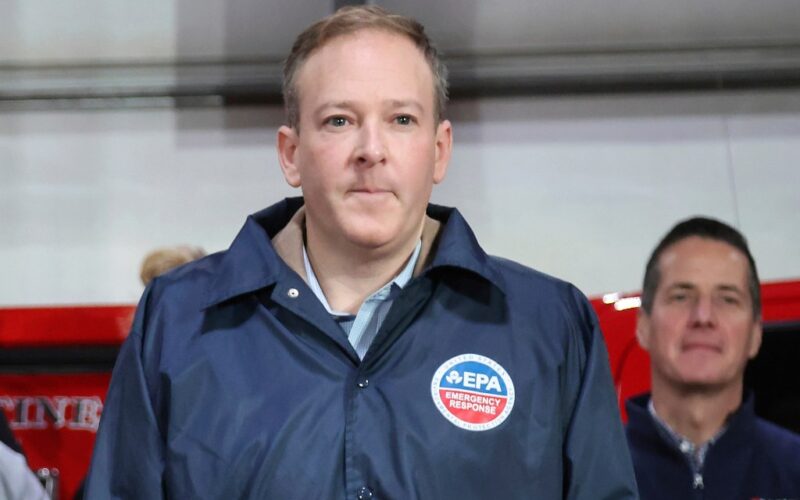During my time as head of hazmat operations for the New York City Fire Department, I learned that New Yorkers expect one thing above all else: to know their safety is never compromised. That principle guided every decision I made at the FDNY, and it should continue to guide how we evaluate new technologies today.
New York’s recently adopted fire code updates for battery energy storage systems (BESS) do exactly that. These standards are among the strongest in the country, built on years of safety testing, collaboration, and the expertise of experienced fire professionals. They prove that when it comes to public safety, New York doesn’t cut corners.
Battery energy storage systems are becoming a vital part of our nation’s energy infrastructure. They help stabilize the grid, reduce costs, and keep the lights on during periods of high demand. Like any technology, they must be held to the highest safety standards — and in New York, they are.
Even in the rare event of a fire, battery energy storage systems are designed with layers of safeguards to keep it contained. New York’s fire code requires each battery unit to be housed in its own compartment, preventing flames from spreading. Before these systems are ever installed, the code requires manufacturers to subject them to extensive fire testing.
If an incident occurs, the system is automatically taken offline, trained firefighters respond, and independent experts are brought in to investigate the cause and assess impacts.
To date, no battery energy storage fire in New York has ever spread beyond a facility’s perimeter, nor has one caused injury or environmental harm to the surrounding air, soil, or water. That record is not chance — it reflects rigorous codes, continuous monitoring, and proactive training.
Modern systems go even further. Today’s projects in New York are purpose-built with safety designed into every corner of the system. These projects are monitored 24/7/365 with sophisticated detection systems that atomically turn components off if they are malfunctioning. This also allows operators to turn portions of the system or the entire system off if something isn’t operating correctly.
Fires at these facilities are extremely rare. According to the Electric Power Research Institute, BESS fire cases have dropped by 98% from 2018 to 2024, despite a 25,000% increase in battery energy storage systems during that time. By comparison, electrical failure or equipment malfunctions in commercial buildings were attributed to 12,600 fires in 2022 alone. In that same year, there were six reported BESS events.
In any response, firefighters rely on training, planning, and coordination in the face of potential unimaginable circumstances. Those same lessons about readiness, accountability, and public trust, all apply today as battery energy storage expands across New York. The priority must always be to anticipate risks and put protections in place well in advance.
That is exactly what New York is doing. The state’s code builds on and strengthens one of the nation’s most comprehensive fire codes for energy storage, establishing some of the most robust requirements anywhere in the country.
The latest updates go further by requiring Emergency Response Plans to be developed with local fire departments, mandating firefighter training, and ensuring independent third-party technical reviews. These safeguards guarantee that firefighters have the tools and information they need before a system is built, and that every project undergoes a thorough, impartial review.
New York’s fire code now exceeds even recent EPA recommendations. In addition, every BESS site in New York is required to provide fire departments with a direct phone line to trained experts for immediate support, even though EPA boss Lee Zeldin is raising doubts.
That is why fire safety experts and former fire officials, including myself, issued a Fire Safety Declaration last month. Our message is simple: under New York’s standards and fire code, battery energy storage systems are safe.
Trust grows from transparency, honest engagement with the public, and ongoing training for fire departments as these systems expand. Safety is never a finished job; it is a continuing responsibility. For New Yorkers, the takeaway should be clear: these systems are being carefully reviewed before being installed, the codes are rigorous, and safeguards are firmly in place.
I can say after more than three decades as a firefighter: I stand by these updated codes and the process that produced them. New York has once again set the standard for putting public safety first, and communities across the state will be safer because of it.
Murray is the former deputy chief in charge of hazmat operations for the New York City Fire Department.








